- Title: Godzilla (2014)
- IMDB: link

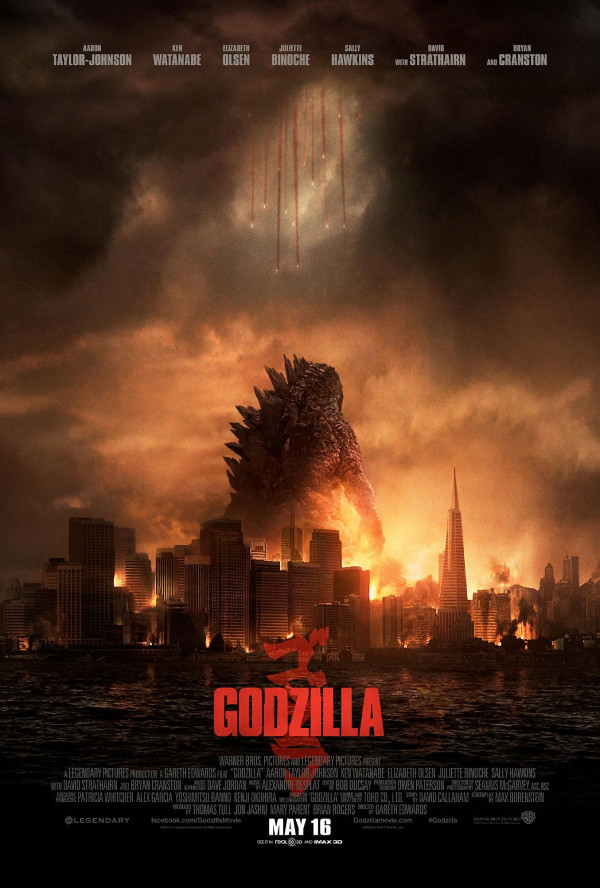 Godzilla returns to the big screen in an American film for the first time since 1998. Although better than Roland Emmerich‘s much despised film, while outdoing the director known for CGI disaster porn, the new version of Godzilla isn’t without its own issues. As a summer popcorn flick the new Godzilla may satisfy in the short term but it’s unlikely to entice me to return to its story anytime soon (if ever).
Godzilla returns to the big screen in an American film for the first time since 1998. Although better than Roland Emmerich‘s much despised film, while outdoing the director known for CGI disaster porn, the new version of Godzilla isn’t without its own issues. As a summer popcorn flick the new Godzilla may satisfy in the short term but it’s unlikely to entice me to return to its story anytime soon (if ever).
Opening in 1999 in the Philippines where an ancient monster is awoken before it makes its way to Japan unseen (this happens more than you’d expect in the film) and destroys a nuclear reactor to feed on the radioactivity for the next 15 years, the film jumps forward to present day where the scientist in charge of the facility (Bryan Cranston) still struggles with what really happened. Although much of the extended opening centers around Cranston (which could be trimmed considerably), the movie’s main character is the scientist’s son Lieutenant Ford Brody (Aaron Taylor-Johnson), a bomb disposal expert whose skills will come in quite handy before the end of the film.
Taylor-Johnson may be a fine actor in the right role, but Brody is about as bland a leading character as you would expect to find in a film where drama is asked to carry the first half of the movie (which features neither Godzilla nor any real monster action). Once the storyline finally picks up, and in true John McClane fashion, Brody keeps finding himself in the middle of the action where the monsters keep popping up. Elizabeth Olsen and Carson Bolde are cast as Brody’s family for the purpose of having someone worry about his survival and to give Brody reason to find his way home in an effort to protect them (because, of course, they live exactly where the creatures are all converging).
The rest of the cast is used rather sporadically. Ken Watanabe and Sally Hawkins are scientists who have been studying reports of monsters like Godzilla based on their last appearances during, and shortly after, WWII (where we are led to believe nuclear testing was done not to create monsters such as Godzilla but kill the ancient creatures who had reappeared at that time). David Strathairn plays the typical military commander who doesn’t have time for the scientists’ logic and refuses to let their expertise get in the way of his plans, and several actors appear as various interchangeable soldiers and bystanders Brody encounters on his way home.
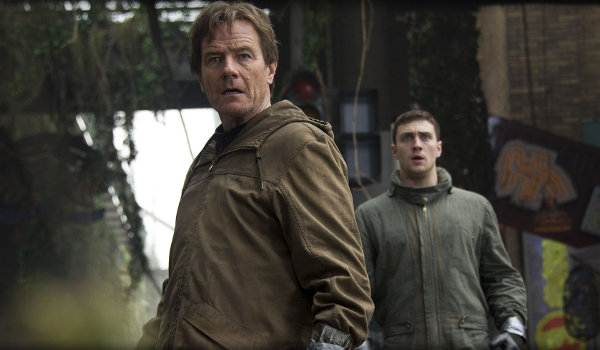
Much closer to the design of the original than the 1998 film, but with a significant 2014 CGI updating, Godzilla looks impressive… at least when we can get a good look at him (which sadly isn’t often). It’s about an hour in to the 135-minute film before Godzilla makes his first appearance. During his limited time above water in the ocean we get a good look at our hero, but during the destruction of the cities where he battles the two Cloverfield-ish creatures (which is humorous stab for those of us who didn’t enjoy Matt Reeves‘ film), Godzilla is obscured by smoke, fire, and ash making it hard to get a true measure of his size against the backdrop and obscured skylines of cities not as often used in these types of movies (making it doubly-hard to judge the proportions for those of us who haven’t been to Hawaii or San Francisco).
The two creatures Godzilla returns from his long slumber to face are little more than generic movie monsters with basic needs and nothing all that impressive about them other than their size. Giving one of the creatures an EMP field defensive ability explains why the military are so useless against them (even if it does also feel like lazy writing without an adequate explanation as to how or why an ancient creature would develop the perfect defense mechanism against modern technology).
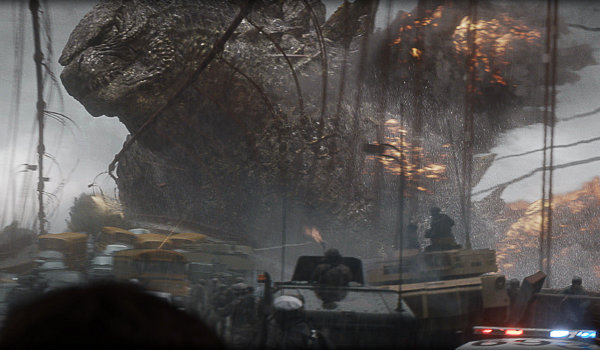
The major fight between Godzilla and both creatures is held until the film’s final act leaving the focus of the film’s action throughout to be almost entirely focused on the catastrophic disaster porn scenes the monsters cause while trying to reach each other over the course of the movie. The amount of CGI devastation may be impressive, but it eventually gets old as the film stalls repeatedly while lengthening the build-up to the film’s climax (which finally offers Godzilla his hero’s moment).
There are plenty of mediocre Godzilla movies so you can’t really call the newest version a disappointment although it lacks both the strong anti-nuclear message of the original and cheesy fun of the more kid-friendly sequels. This version of Godzilla doesn’t have much to say (other than Watanabe’s single line of dialogue about Nature’s control of humanity) while shying away from showing audiences anything of substance for much of its far-too-long running-time. I wouldn’t classify it as a bad film, but in the end it’s not all that good either. It’s actually far less memorable or enjoyable than the equally-flawed Pacific Rim which delivers far more in the way of action, suspense, character dynamics, and interesting creature design.


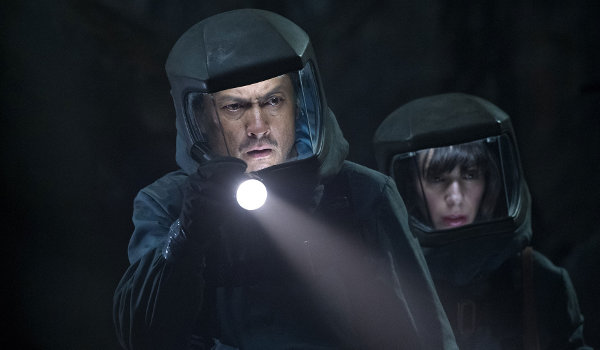
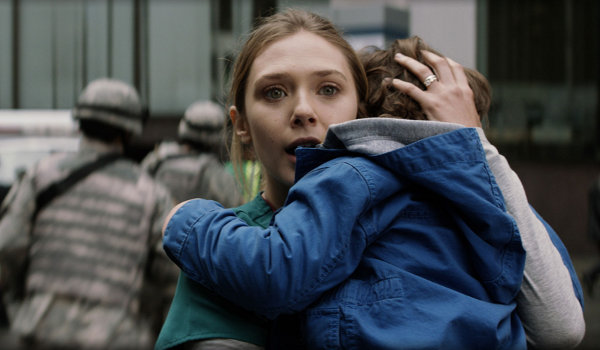

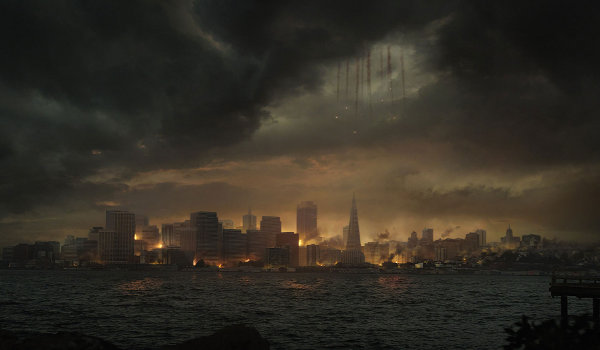
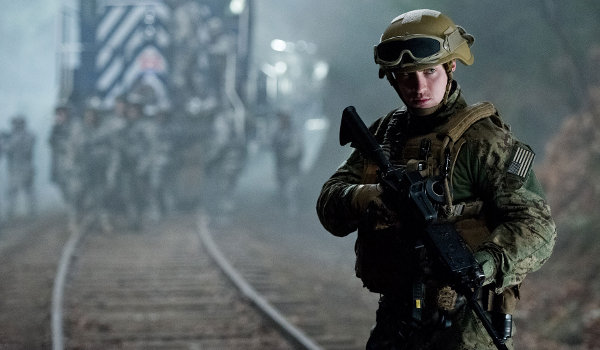
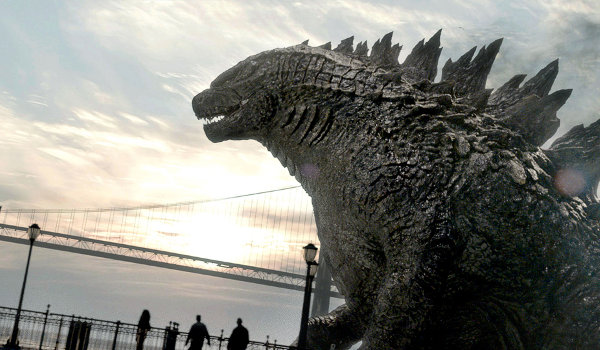
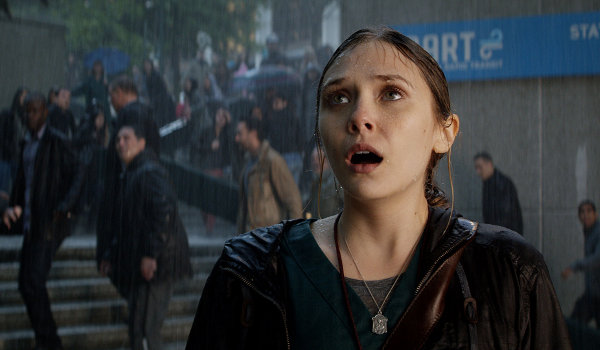
Comments are closed.